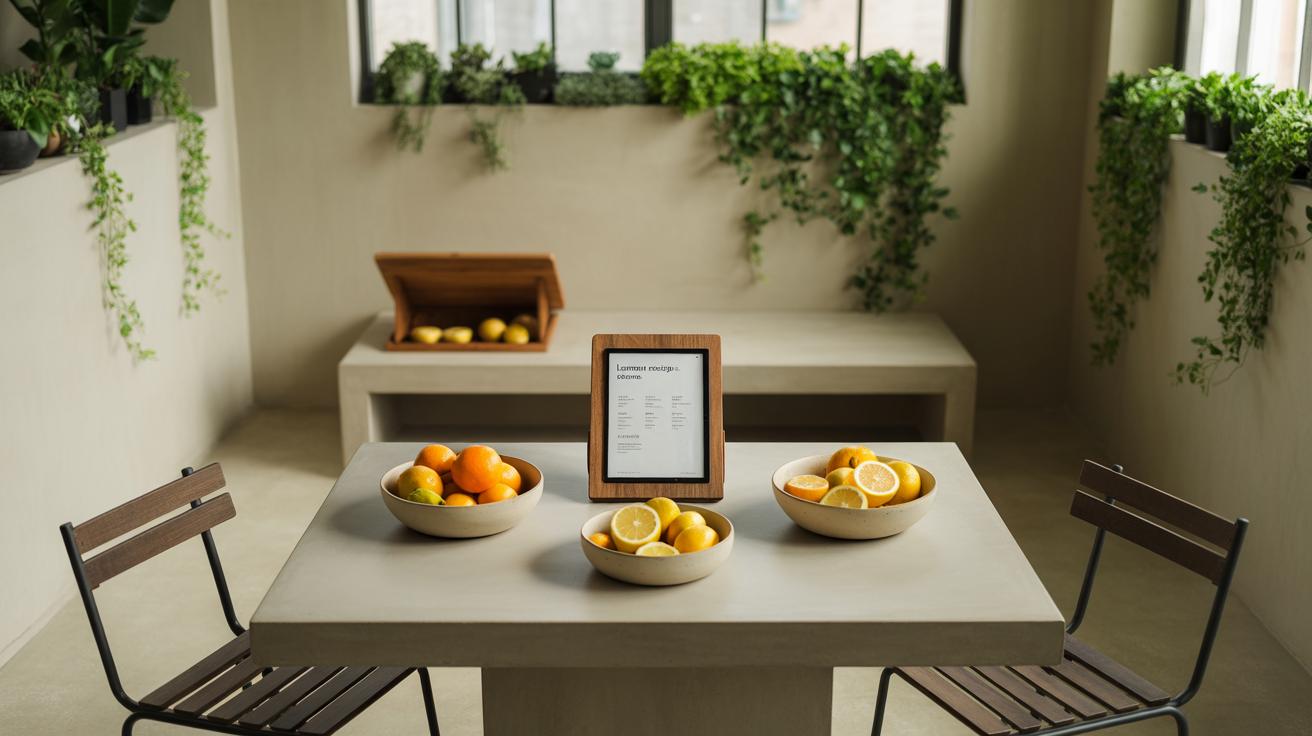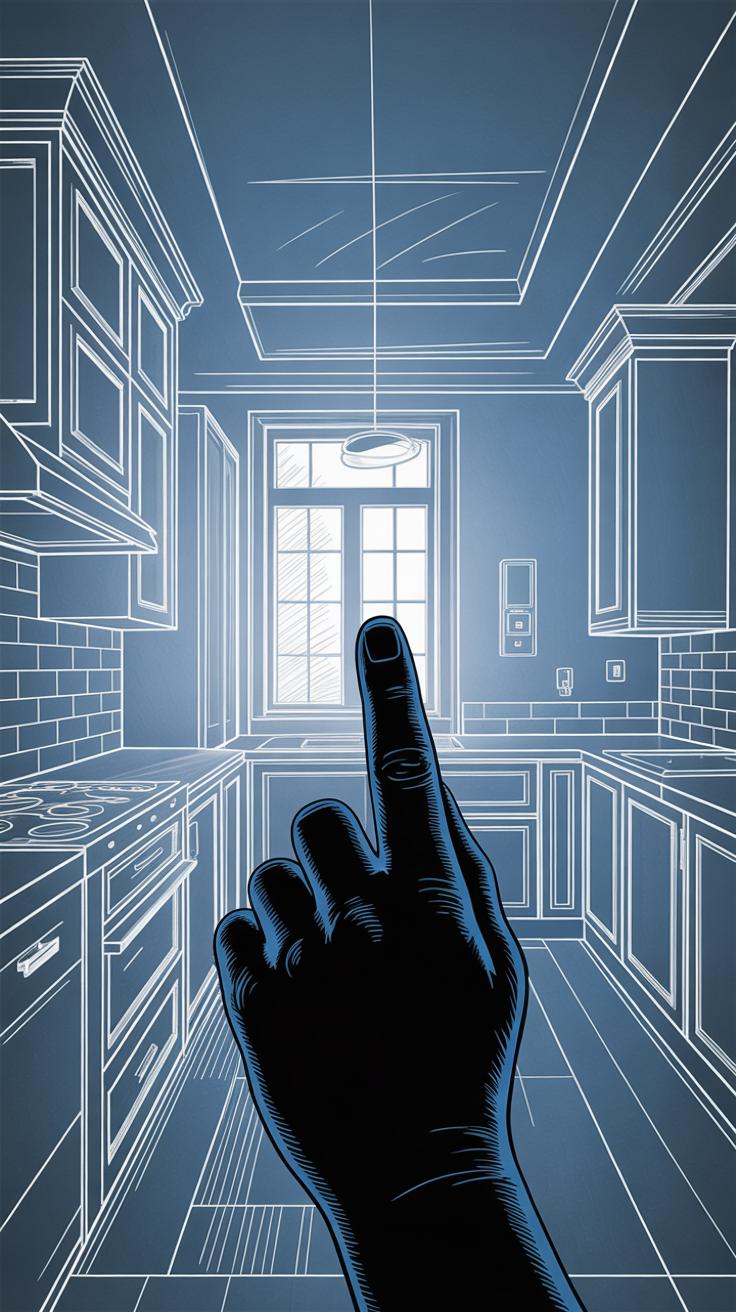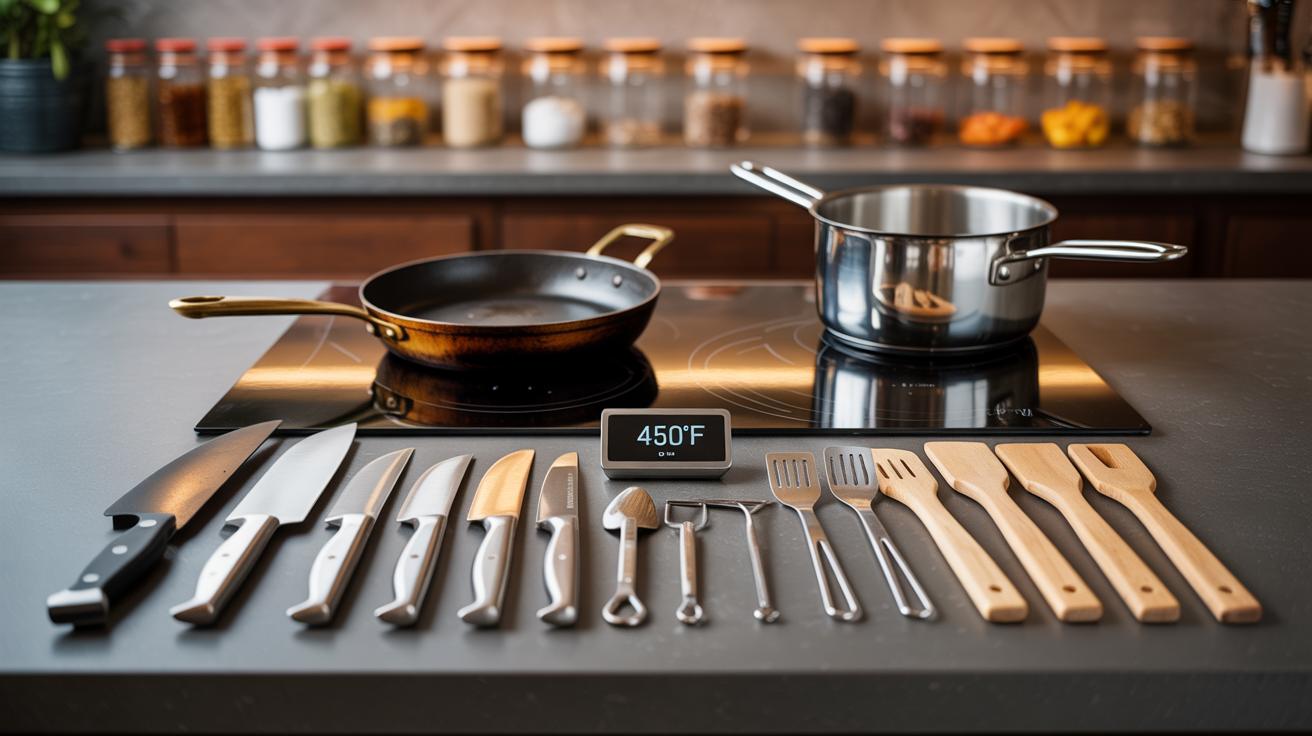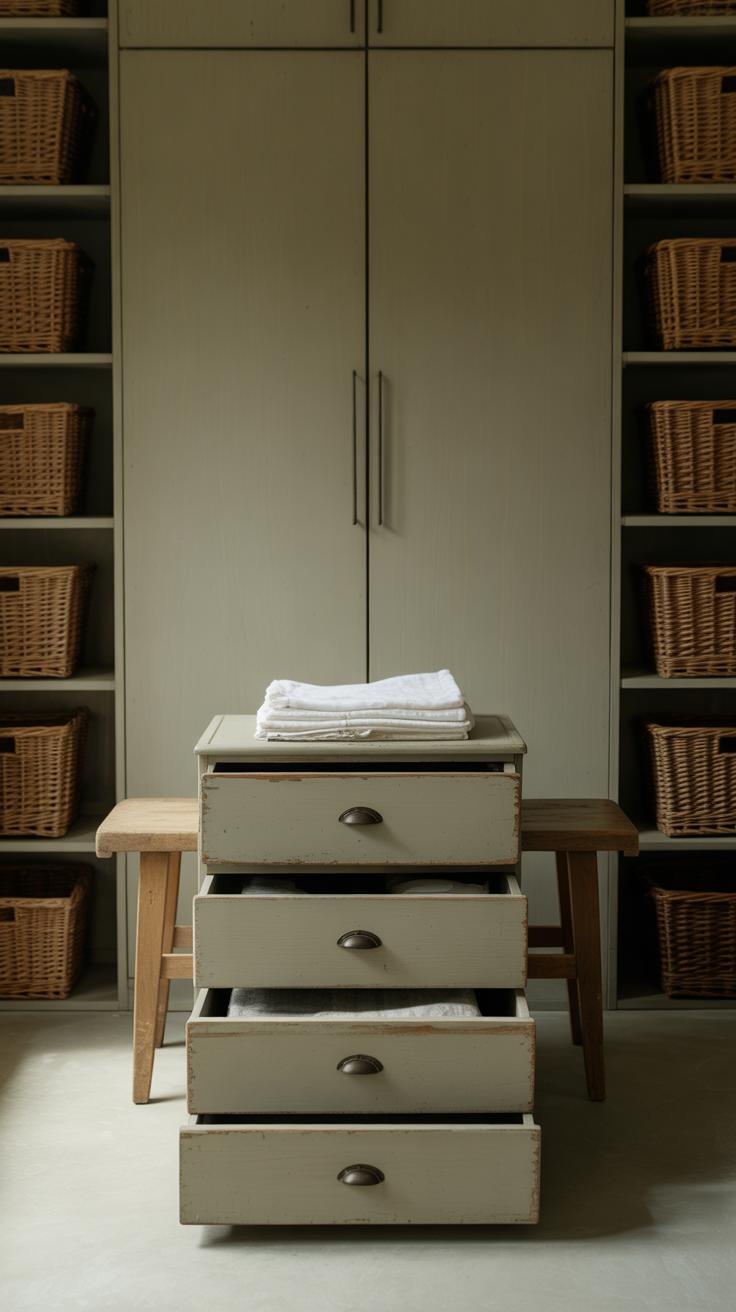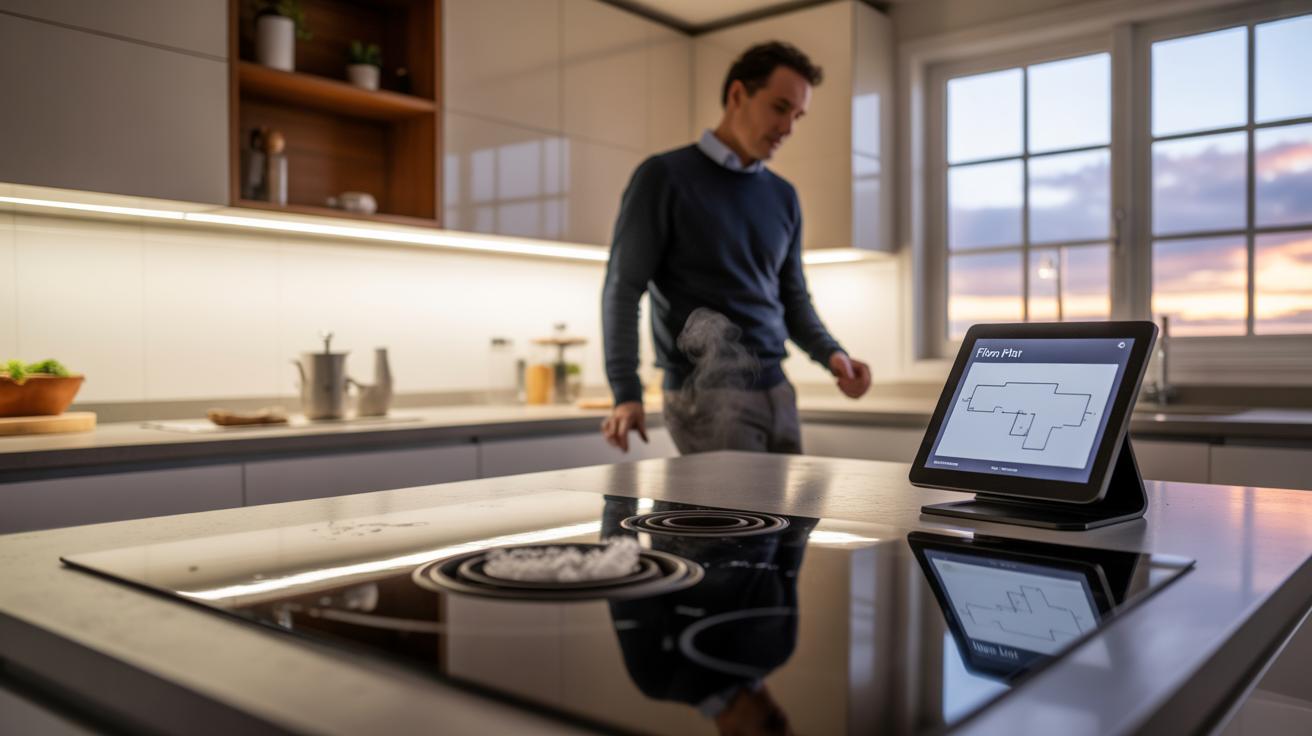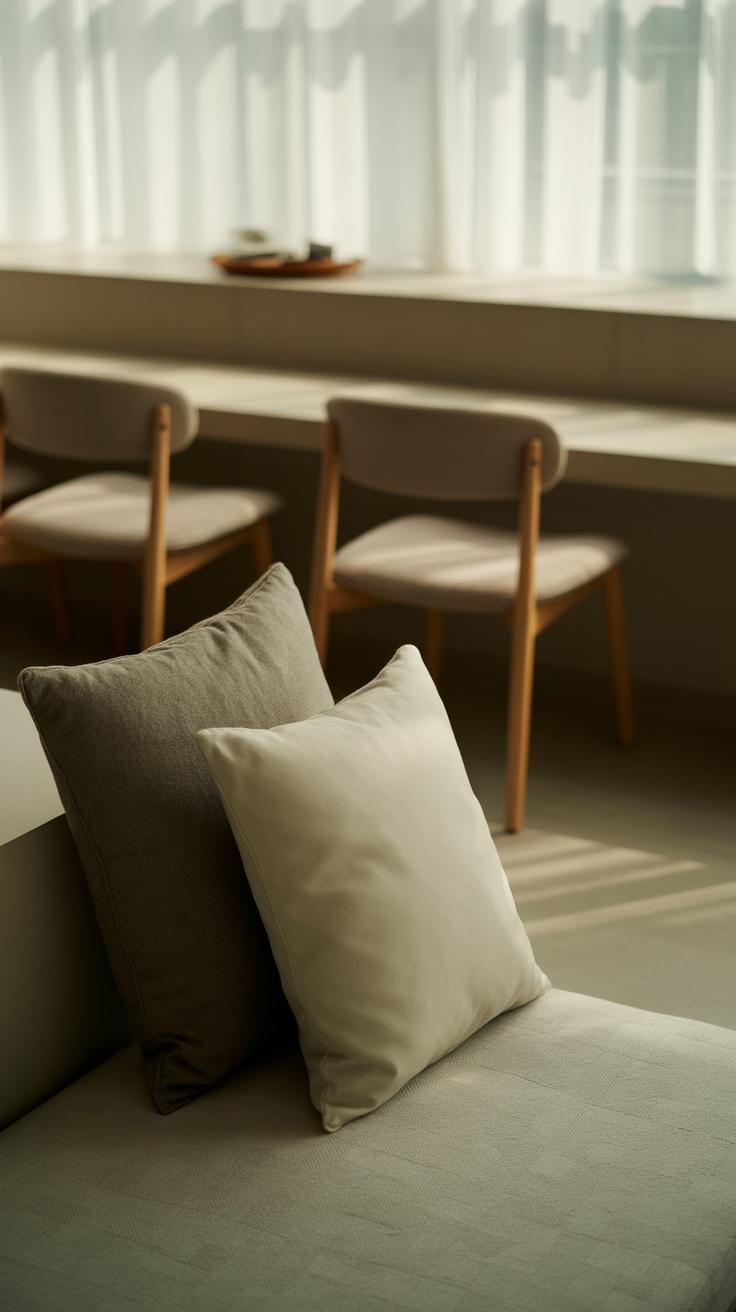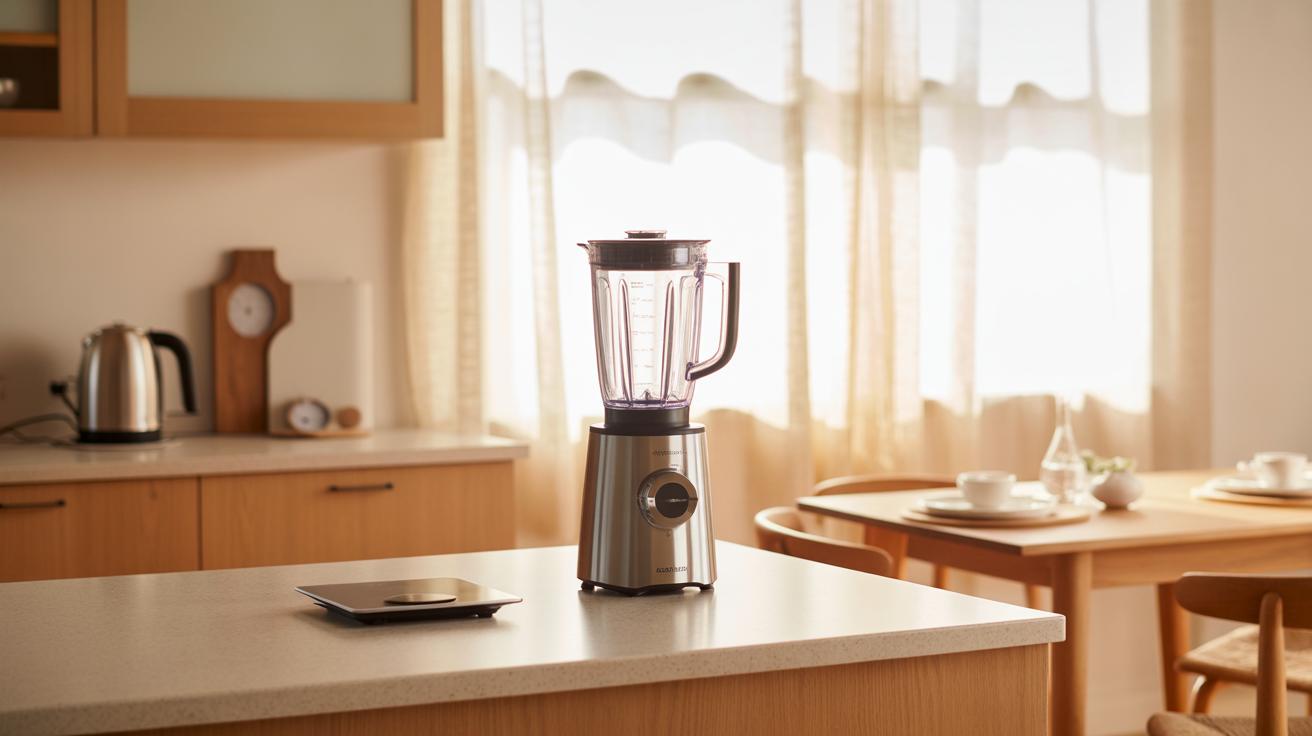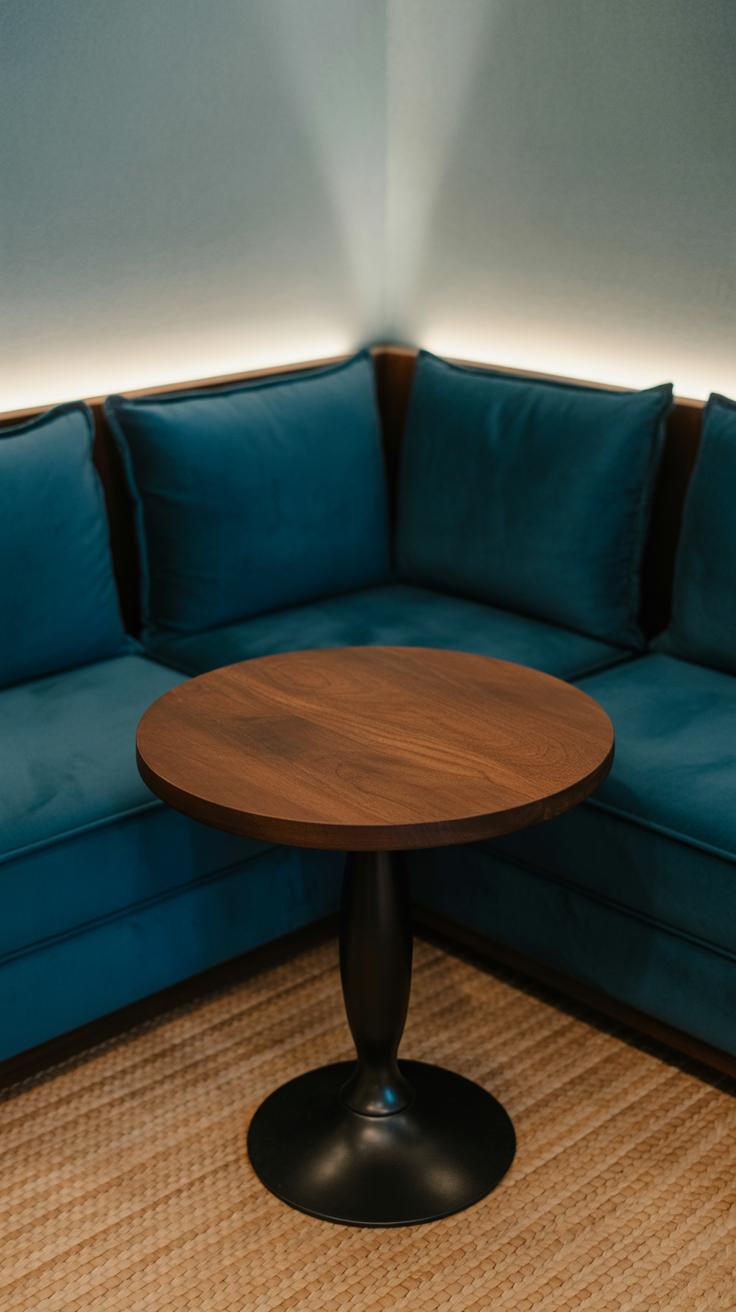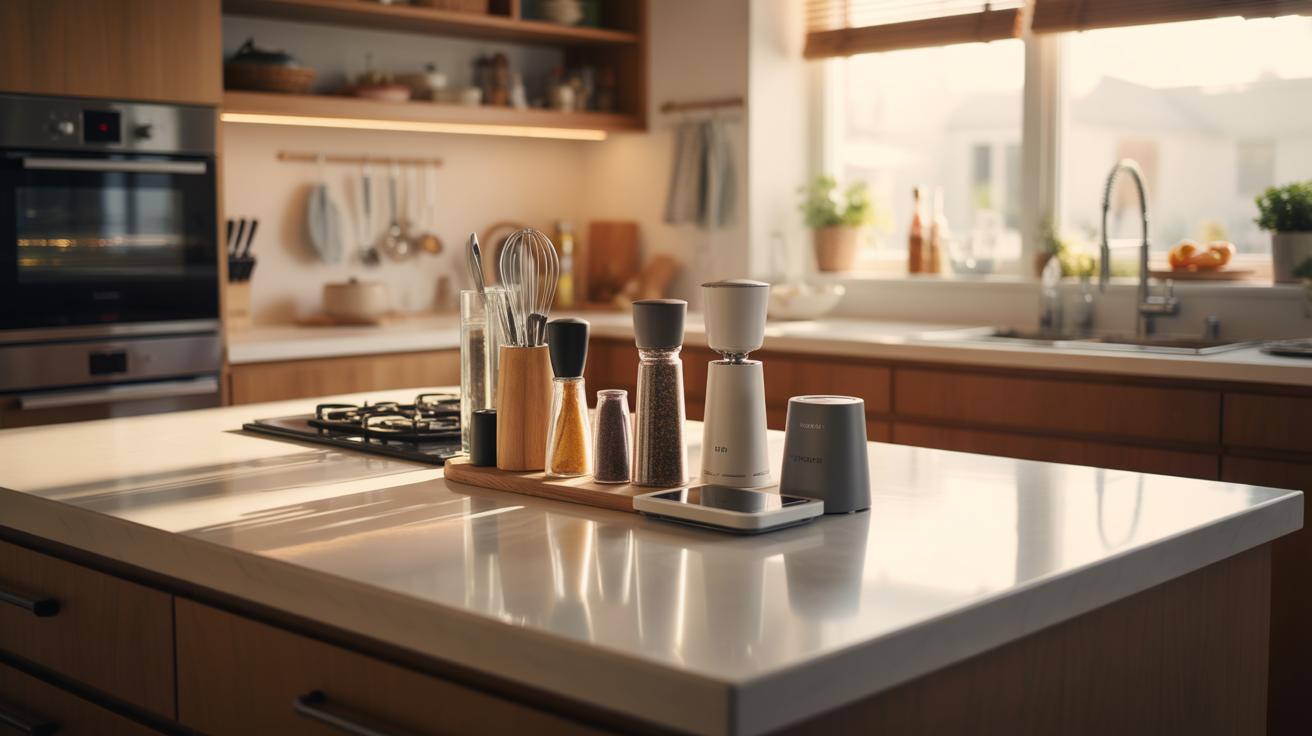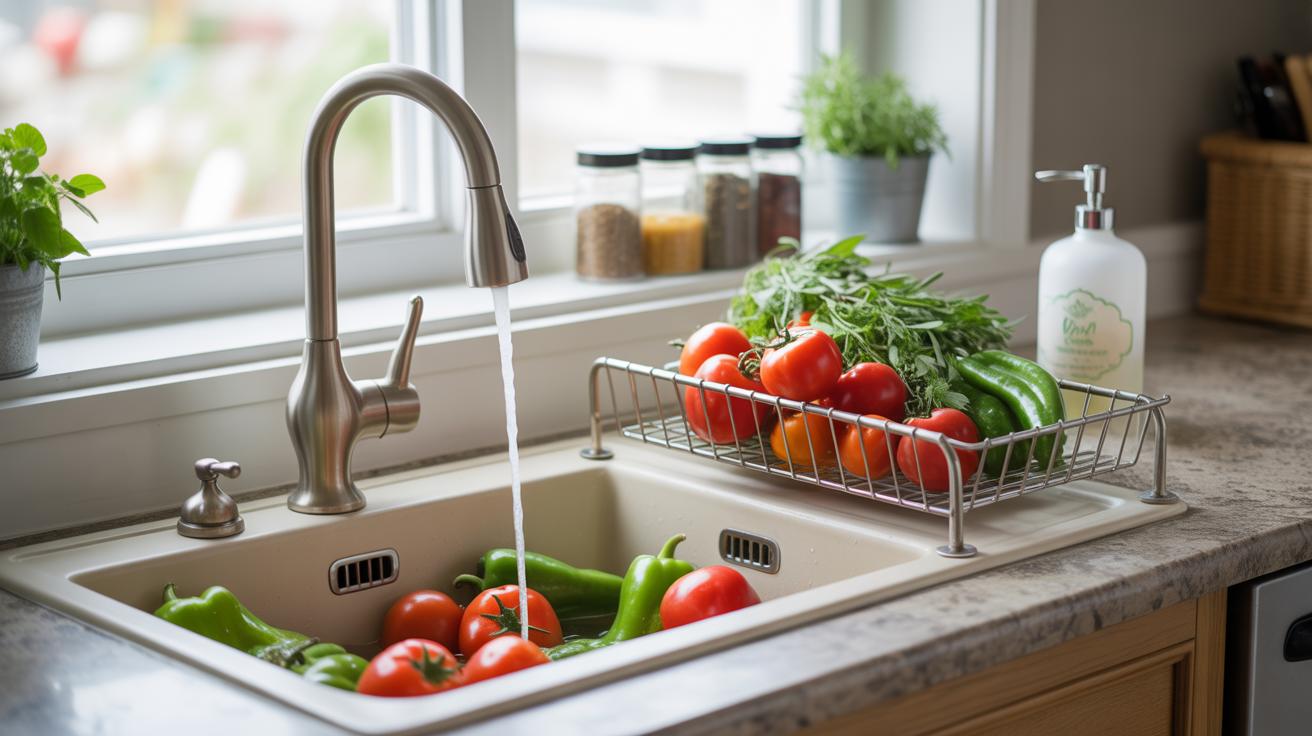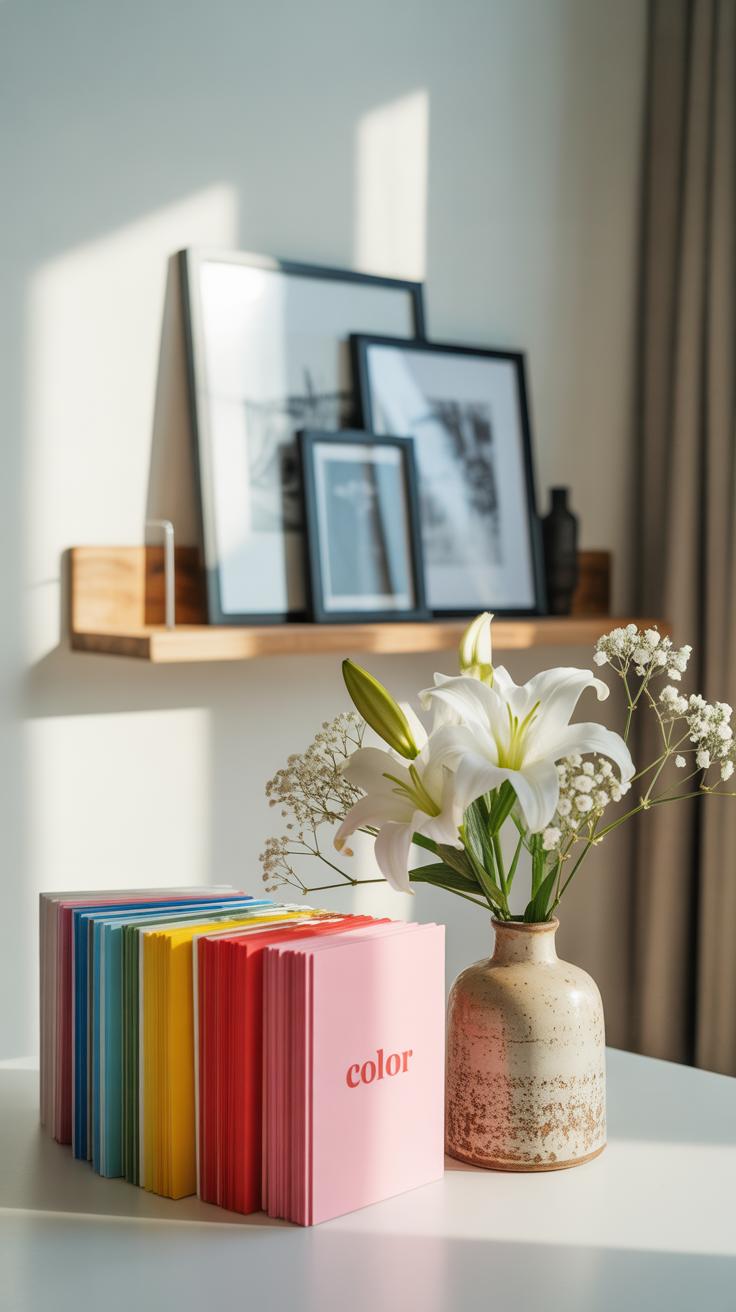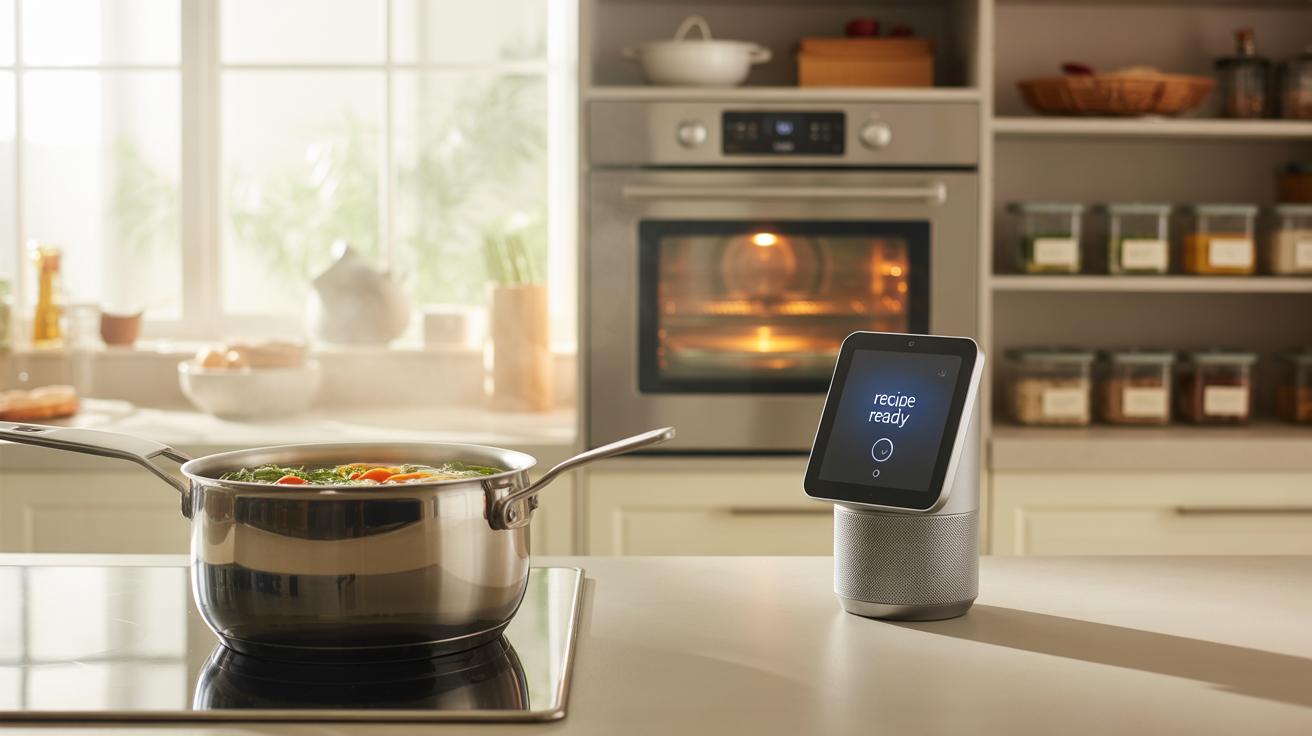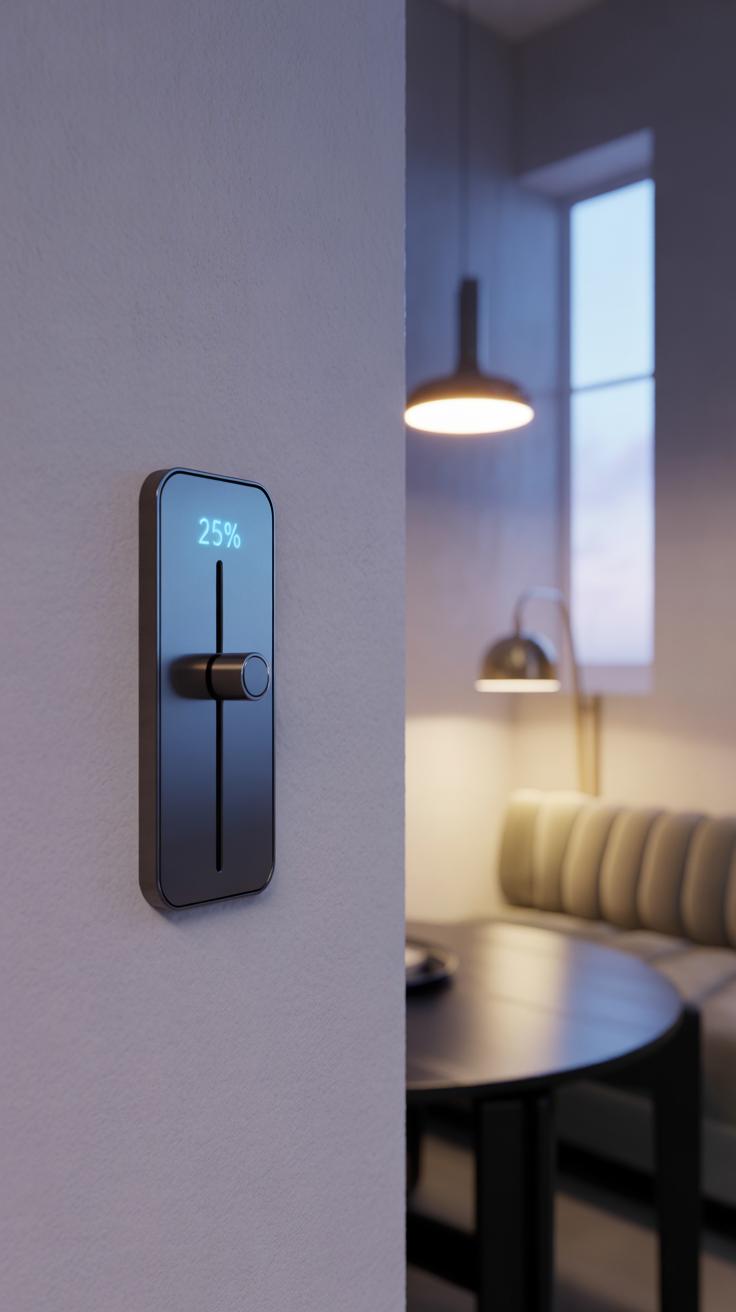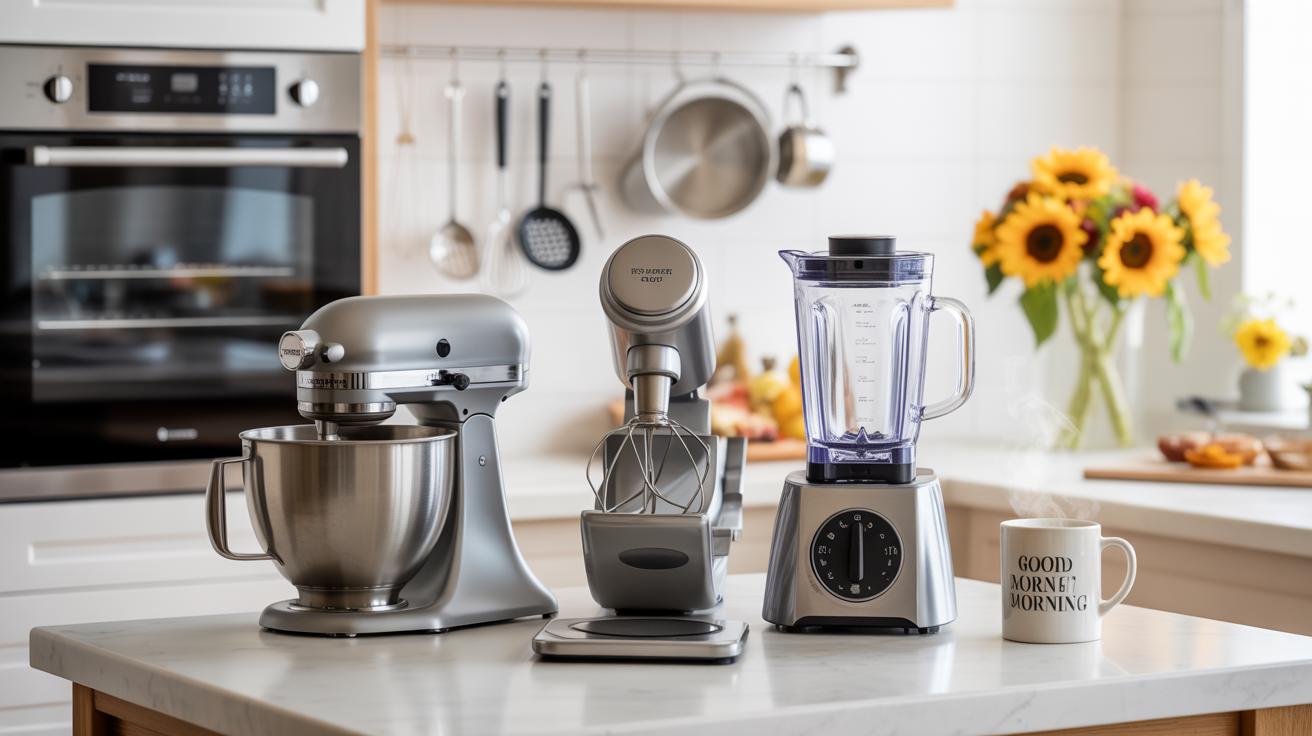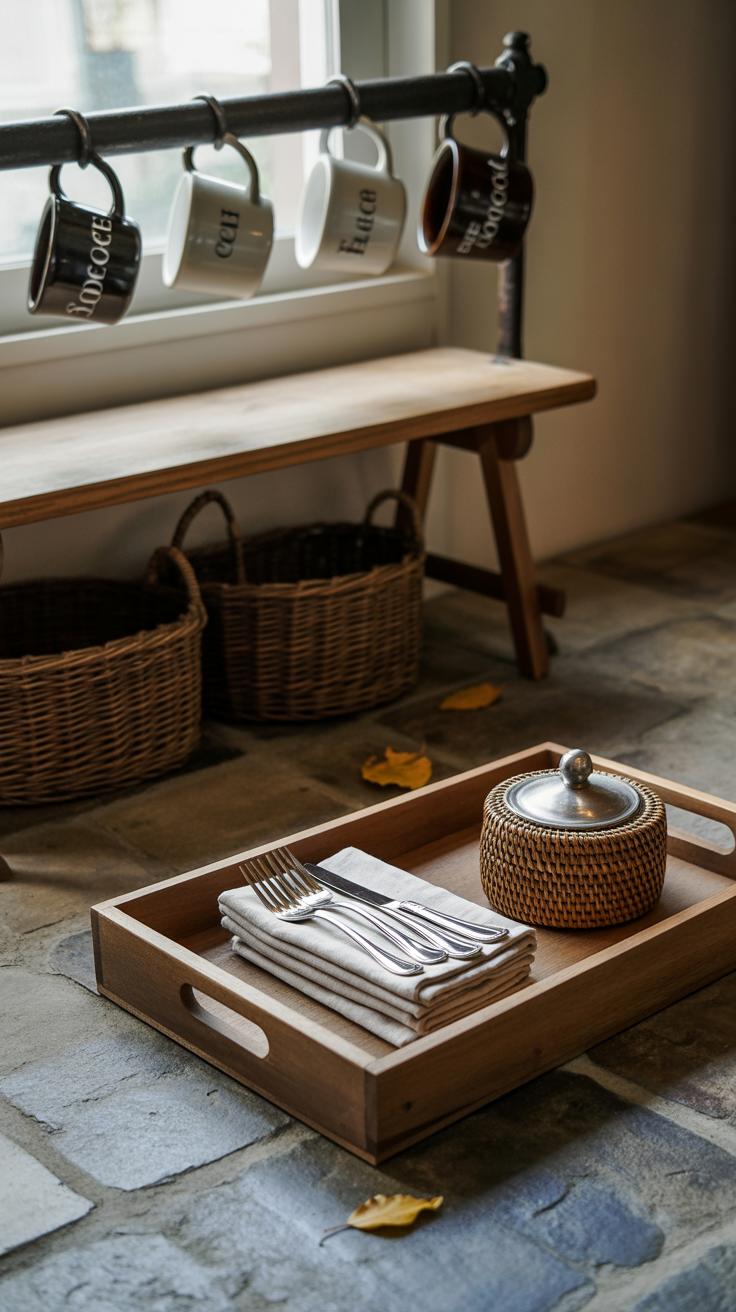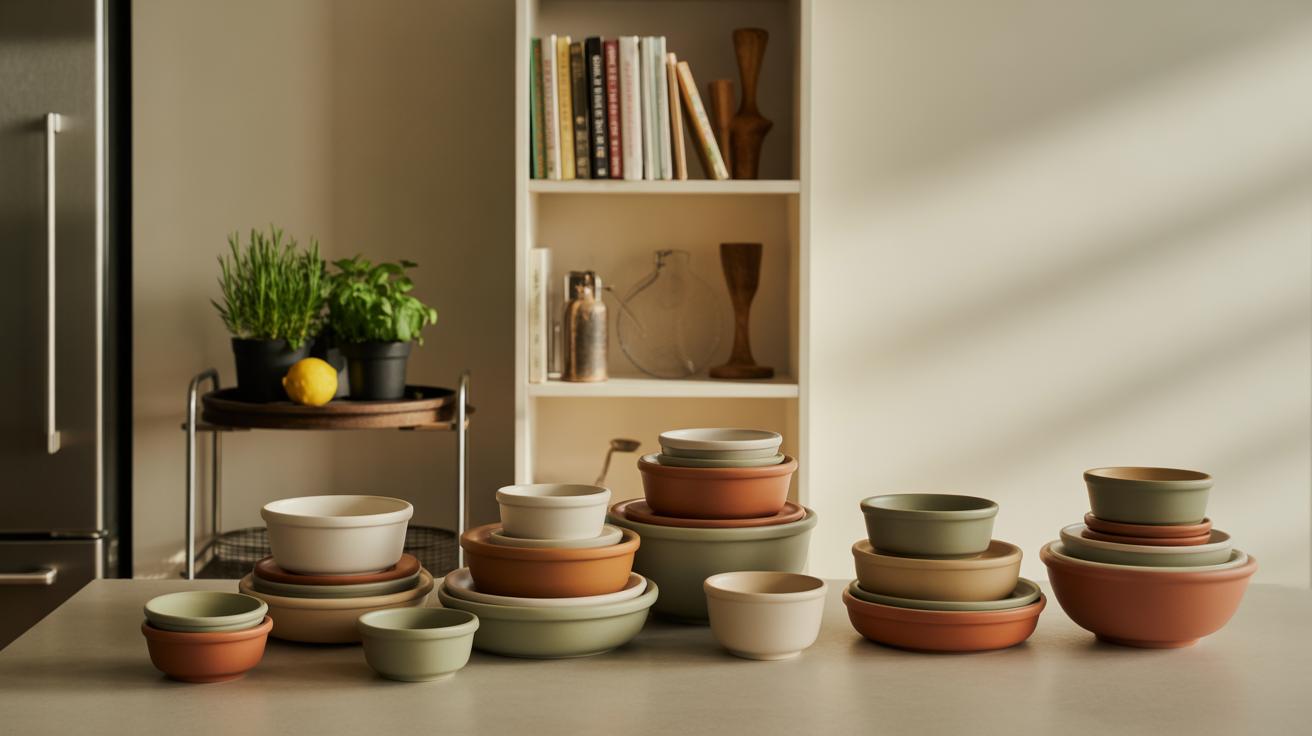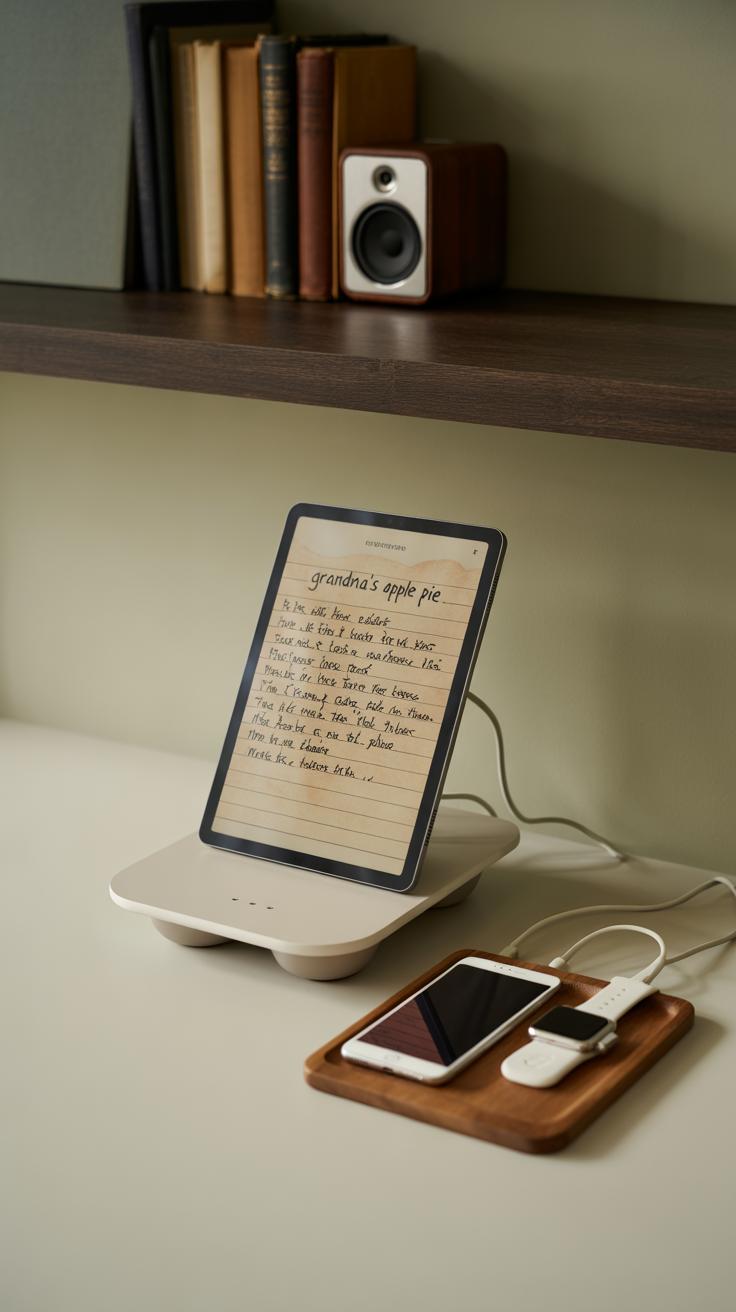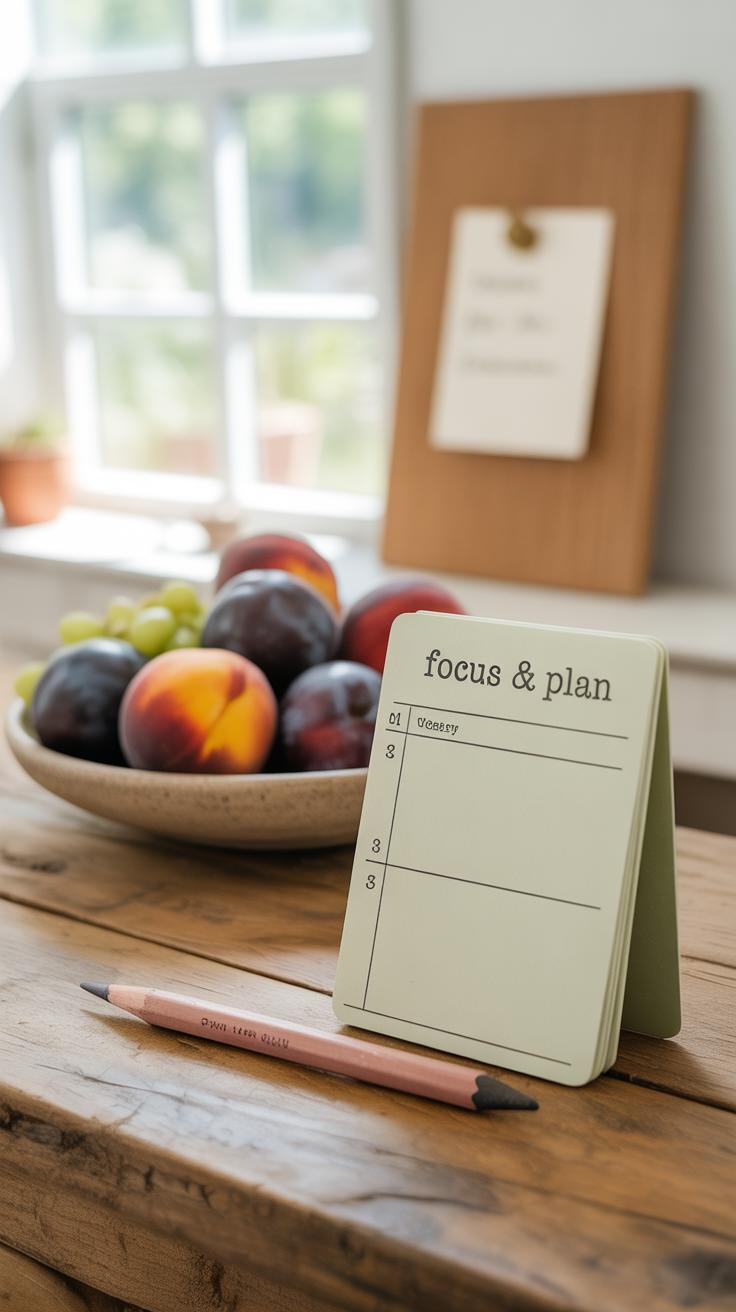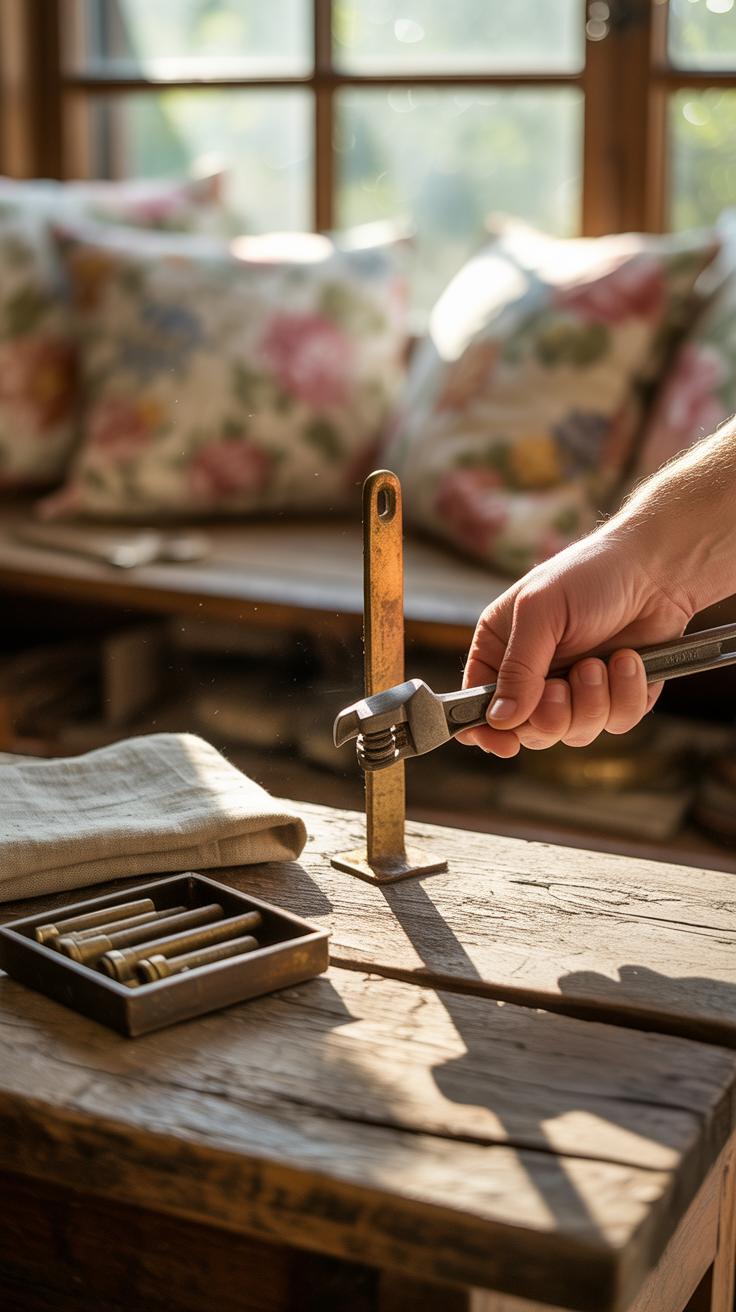Introduction
Kitchen nooks offer a small, dedicated space perfect for meals and casual dining. These cozy areas do not just serve as a spot to eat, but also as a clever place to add extra storage to your kitchen. In homes where space is limited, a kitchen nook can transform how you use your kitchen.
This article explores kitchen nook ideas that combine smart storage with a warm, inviting atmosphere. From seating options that hide storage to clever layouts that fit your home, you will find practical tips to make your kitchen nook both cozy and efficient.
Choosing The Right Location For Your Kitchen Nook
Finding A Well-Lit Corner
Natural light can change everything about a kitchen nook. It makes the space feel open, fresh, and welcoming—qualities you want when you’re sharing meals or just sipping your morning coffee. So, the first step is to look for a corner or spot in your kitchen that gets a good amount of daylight. Maybe it’s near a window that hasn’t been fully used or an area where sunlight streams in during those quieter parts of the day.
Sometimes, it’s tricky because not every kitchen has perfect windows facing the right direction. But even a spot that catches indirect light can work if you arrange it thoughtfully. You might find a corner where the sun hits just in the morning, which could be lovely for breakfast or brunch nooks. Do you want bright all day? Then choose a south-facing window area.
Maximizing Space Efficiency
When picking your nook’s location, size matters—yet not in a way that crams the area. Think about how much space is actually free without taking away from movement and functionality. If your kitchen feels tight already, squeezing in a nook where you bump into cabinets or doorways won’t be comfortable. So, measuring the area helps, but you also have to imagine daily use. Is there room for the seating you want? Can people pass by easily without crowding?
Odd-shaped corners or spots near an island might be tempting but might not always work. Sometimes a nook in a slightly unconventional place can surprise you, and still feel cozy without being cramped. It’s a balancing act between making the nook appealing without turning your kitchen into a maze.
Incorporating Smart Storage Into Your Kitchen Nook
Underbench Storage Options
The bench in a kitchen nook can be much more than just a place to sit. Think about benches with built-in drawers or cabinets beneath the seat. They offer surprising storage without eating up extra floor space. You can stash utensils, table linens, or even pantry goods right under the bench. I once had a nook where the bench drawers held baking sheets and placemats—so handy, especially when the kitchen cabinets were already packed. It’s easy to forget how often you need those small but necessary items during a meal. Having them close by, yet out of sight, keeps the nook tidy and usable.
Consider that these drawers or cabinets don’t have to be deep or wide. Sometimes shallow compartments are perfect for storing napkins, cutting boards, or try a mix of open lockers and covered drawers if you want quick access and hidden clutter at the same time. The key is to make this underbench storage work for your specific needs, even if that means experimenting with different layouts.
Adding Wall Shelves And Cabinets
Wall shelves or cabinets mounted above the nook’s seating area can offer extra storage without taking up any floor space. This vertical storage is especially useful if your kitchen feels cramped or if you want your most frequently used items within arm’s reach. I’ve seen some setups where open shelves hold cookbooks and pottery, adding character and purpose, while closed cabinets hide away less attractive pantry items.
One trick is to mix shelving styles—open shelves for things you enjoy showing off, like colorful mugs or a little plant, and cabinets for the messier bits you’d rather keep hidden. It does require some thought on what you use daily versus what’s more decorative, but when done well, this combo makes the nook feel integrated into the kitchen, not just an add-on.
Have you thought about how much stuff you want near your eating area? Sometimes, too much storage can turn a cozy space into a cluttered corner. Finding the right balance is part of the fun—and maybe frustration—of designing your nook.
Selecting Comfortable And Practical Seating
Built-In Bench Seating
Built-in benches are a smart choice when you want to save a bit of floor space in your kitchen nook. They fit snugly against the walls, so there’s less room taken up compared to separate chairs or bulky furniture. I’ve noticed that these benches tend to give the space a warmer, cozier vibe—almost like the nook becomes its own little retreat within the kitchen. They invite you to linger, maybe share a longer breakfast or a quiet coffee break.
Besides being space-savers, built-in benches can be customized with cushions or upholstery in fabrics that suit your taste—and let’s not forget the potential for under-bench storage. It’s a double win, really. Though, if you’re someone who likes to move around a lot or reconfigure your seating often, this fixed option might feel a little restrictive.
Choosing Chairs That Fit Your Space
When built-in seating isn’t an option, picking the right chairs matters as much as the table itself in a kitchen nook. You’ll want chairs that don’t overwhelm the space or make movement awkward. Compact, armless chairs tend to work well. They slide easily under the table and keep things looking neat.
Think about the style, too. Simple wooden chairs bring a classic touch, while lightweight metal or plastic chairs can feel more modern and flexible. Let’s not forget cushioned seats—comfort often wins over looks when you sit down for daily meals. If your nook is tight, consider stackable or foldable options. They allow extra seating when guests arrive but tuck away without fuss afterward.
Size is crucial. Chairs too big will crowd the nook. Too small, and they’ll feel flimsy or uncomfortable. A good rule is to measure the space carefully, including the clearance you’ll need when pulling the chair out. It’s a bit of guesswork at times, but paying attention here makes all the difference in the day-to-day use of your nook.
Designing The Table For Your Kitchen Nook
The table is the centerpiece of your kitchen nook, yet picking the right shape and size can be trickier than it seems. You want it to fit comfortably without crowding the space, while still being practical for your daily meals — or perhaps occasional guests. Think about the proportions carefully: a table too big will overwhelm the nook, making it feel cramped, while one too small might leave people awkwardly perched or unable to spread out plates and dishes.
Common shapes for kitchen nook tables are round, square, and rectangular. Each brings something different:
- Round tables tend to soften the space and make it easier to squeeze in a few extra chairs when needed.
- Square tables often fit neatly into corners but can feel a little rigid or formal.
- Rectangular tables are versatile but need a bit more breathing room.
Sometimes, flexibility is key. Choose a table that matches how you use the nook most often but isn’t too limiting. After all, your needs might shift — family dinners, working from home, or casual coffee breaks with friends.
Round Tables For Space Saving
Round tables have this neat way of making small nooks feel inviting rather than cramped. Without corners jutting out, movement around the table flows better. Ever noticed how you don’t bump into sharp edges? That can make even a tiny space breathe easier.
Also, round tables encourage conversation. Facing each other in a circle naturally brings everyone closer, so chats feel more connected. You might find yourself lingering over a quick meal longer than usual, just because it feels cozier.
Why not try a smaller round table if your nook is really tight? Something about round surfaces takes the pressure off furniture placement. But, well, it might not fit a large spread, so consider if you need more surface area for dishes or work.
Expandable Tables For Flexibility
If you like the idea of a single table but need adaptability, expandable tables can be a great option. Tables with leaf extensions offer the best of both worlds. Most days, you keep them compact, saving precious space, then open them up when guests arrive.
These tables tend to surprise people with their practicality. They adjust easily to different occasions — a quiet breakfast for two, a weekend brunch for four, or an occasional dinner party just by sliding in the extension. It’s worth thinking about how often you really expand, though, since the extra parts do take up some storage space.
Choosing an expandable table means you don’t have to sacrifice function for size. But it also means a little more maintenance — folding out leaves and keeping extra chairs handy. Still, for many, that trade-off feels right.
Using Color And Decoration To Enhance Your Nook
Choosing colors for your kitchen nook isn’t just about picking shades you like; it’s about creating a feeling. Warm, soft tones—think muted yellows, gentle peaches, or soft grays—can shape the nook into a place that feels a bit like a small retreat. These colors invite you in without shouting for attention, which is key if your kitchen already has a lot happening.
Some might say bright colors energize a space, but in a nook, too much brightness can actually make it feel less inviting. I’ve found subtle color shifts on the walls or cushions do the trick much better. They make the nook stand apart without overwhelming the rest of your kitchen.
When it comes to decoration, adding personal touches turns a functional spot into one you actually want to linger in. A few well-chosen cushions with soft fabrics can bring warmth and even contrast against your bench or chairs. You might lean towards small plants—they freshen the air and soften the corners, though you’ll want to avoid anything too fussy that demands a lot of care. Simple artwork, perhaps prints you love or family photos, can personalize the space further. These kinds of details make the nook less of a dining spot and more of your corner of the kitchen.
It gets tricky sometimes—too many decorations can clutter your nook, but too few might make it feel cold. Finding that quiet balance might take trial and error. Have you ever tried mixing patterns or textures but then felt it was a bit much? That’s part of the process.
Lighting Solutions For A Functional And Cozy Nook
Task Lighting For Meals
Bright, focused lighting is key when it comes to a kitchen nook. You want to see your food clearly and enjoy your meal without straining your eyes. Overhead lights right above the table, like adjustable recessed lights or slim pendant lamps, can do the trick. These lights help when you’re chopping a quick snack or reading recipes at the nook.
Some people might say natural light solves most of this, but let’s face it—not every nook gets that luxury. So having a dependable light source that can shine directly onto your meal or workspace feels practical. You don’t want shadows playing tricks when you’re dicing veggies. Even a simple LED strip hidden under a shelf nearby can bring enough brightness without glare.
Ambient Lighting For Comfort
On the flip side, a kitchen nook also calls for softer lighting to create a relaxed vibe. Think pendant lights with fabric shades or wall sconces that cast a gentle glow rather than a harsh beam. Those little touches help soften the space and make it feel less like a task zone and more like a place to linger.
Sometimes I find it tricky—bright enough for meals, but still cozy enough to want to sit a bit longer. Dimmer switches help balance this out. A few carefully placed lamps with warm bulbs make a world of difference when the day winds down. You might even consider string lights or candles for a special occasion, although they aren’t the go-to for everyday use.
Organizing Your Kitchen Nook For Easy Access
Designing Storage For Daily Use Items
When organizing your kitchen nook, it helps to think about what you reach for most often. Plates, utensils, maybe your favorite mug—keep those clearly visible or within arm’s reach. Open shelving right by the seating spot works well, though some people prefer drawers close to the nook bench for a tidier look. I’ve found that having cups hang on hooks under a small shelf can save space and make mornings smoother, though it might not be the best if you have curious kids running around.
Think about grouping similar items together. For example, stack everyday plates and bowls separately from serving dishes used less often. Utensils should be within grabbing distance but not cluttered. Small containers that hold napkins or condiments can be tucked into corner shelves. This reduces the need to leave the nook when preparing a quick bite, though sometimes it’s tempting to overfill those spaces, which just leads to clutter.
Keeping The Nook Tidy
Keeping your nook neat can be a bit of a daily challenge, especially if it doubles as a kid-friendly spot or a homework area. A quick habit to try is a five-minute tidy-up before or after each meal. Put knives back in their holders, clear crumbs from the bench, and wipe down surfaces.
Some people swear by using baskets or bins to contain loose items like placemats or kids’ coloring tools, even if the nook is mostly for meals. It helps prevent small clutter from creeping in. You might also consider labeling shelves or baskets, just to remind everyone—especially if multiple people use the nook—where things belong. On the other hand, sometimes a perfectly tidy nook can feel a bit sterile, so don’t stress if it’s lived-in. Comfort often comes from a bit of organized imperfection.
Incorporating Technology In Your Kitchen Nook
Technology can quietly boost the convenience of your kitchen nook, making it more than just a place to eat. Think about adding USB ports or power outlets right where you sit. It’s surprisingly handy to plug in phones or tablets without hunting for chargers across the kitchen. Plus, it keeps things neat—no more tangled cords draped over the table or floor.
Small appliances also play a big role, especially when space is tight. Compact coffee makers, for instance, transform your nook into a quick morning stop. A tiny microwave tucked under a shelf or on a small counter space means you can warm up snacks without dragging everything to the main kitchen area. These additions aren’t about making the nook overly techy but gently supporting your routine.
Have you tried setting up a charging station near your seating? Or maybe kept a mini appliance handy for late-night bites? Sometimes these small changes feel a bit like a luxury, but they save time and keep your nook welcoming rather than cluttered.
Planning Meals And Activities For The Kitchen Nook
The kitchen nook often starts as just a place to eat. But over time, it can evolve into something much more—a spot where life happens in different shapes and forms. You might find your kids doing homework there while you prep dinner nearby. Or maybe it turns into a quiet corner to sketch or work on crafts when the day slows down.
Think about how the nook could serve your daily rhythm beyond meals. It’s not just about food; it’s about creating a space where everyone feels comfortable doing their thing. I’ve noticed that when the kitchen nook feels welcoming for casual activities, family members naturally gravitate toward it—sometimes even unexpectedly. That mix of purpose and relaxation can make the kitchen feel warmer, more lived-in.
Making The Nook A Multi-Purpose Space
Try seeing the nook as a hub, not just a dining area. It can host:
- Homework sessions where your kids keep close but stay focused, with supplies nearby.
- Craft projects spread out comfortably, with easy cleanup options.
- Quiet moments for reading, journaling, or just sipping tea while watching the day go by.
These uses might overlap in surprising ways. Sometimes breakfast becomes a brainstorming session. Sometimes it’s just a pause from the busyness. Don’t hesitate to let the nook shift its role based on what your family needs in that moment.
Setting Up For Different Occasions
The arrangement of your nook can make a big difference. For casual breakfasts, keep it light and simple—maybe a small tray with mugs and a fruit bowl. For family dinners, pull in extra chairs, add a tablecloth, or set up a centerpiece to invite conversation.
When friends come over, you might clear space for snack platters and drinks, encouraging mingling rather than sitting at the table. What if you swap out the usual cushions or bring in different lighting? Small changes can shift the mood dramatically.
Thinking of how you use it over time can inspire little tweaks that keep the nook feeling fresh and ready for whatever comes next.
Maintaining And Updating Your Kitchen Nook
Regular Cleaning And Care
Keeping your kitchen nook inviting means staying on top of simple cleaning habits. Wiping down the table and seats after each use prevents crumbs from piling up and the buildup of sticky spots. A quick sweep or vacuum around the nook once or twice a week can do wonders to stop dust and dirt from settling, especially if you have pets or kids around.
Don’t forget to check cushions and upholstery—sometimes a quick fluff or spot clean can keep things looking fresh. If spills do happen, acting fast avoids stains and odors that might linger longer than you’d want. I found that having a small basket of cleaning wipes nearby really helps nudge us into tidying right away, even if we’re a bit rushed.
Occasionally, take time to clean windows or light fixtures around the nook. Small details like these contribute a lot to the overall feel, making it a more pleasant place to gather regularly.
Refreshing Decor And Layout
Every few months, think about how the nook’s look or setup feels. Has it started to feel cramped? Maybe the seating feels outdated or the table could use some personality with a new centerpiece or placemats. Switching out seat cushions or throws can instantly brighten the space—or soften it if things feel too harsh.
Don’t hesitate to shuffle furniture around either. Even turning the table or moving a chair might open up the space or improve flow. I once tried rotating the bench seating and noticed how it made the nook feel cozier, oddly enough.
New artwork or a different wall color can refresh the vibe, or adding a small plant can bring life without much effort. What about updating lighting? Softer bulbs or a new pendant light might change how you experience the nook as daylight fades. Think about what you use the nook for and adjust the space to those evolving needs—sometimes a small change can make it feel almost brand new again.
Conclusions
A well-designed kitchen nook adds charm and practicality to your home. By integrating smart storage options, you can keep your kitchen organized and clutter-free while still creating a welcoming spot for meals. Your kitchen nook can become a favorite place for family and friends to gather.
Explore the ideas shared here and think about how you can use your space better. Whether you have a small corner or a larger space, these ideas help you enjoy cozy meals and smart storage that fits your lifestyle perfectly.

